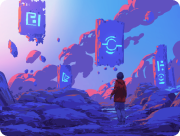Machinations
Community
Product
Solutions
Academia
Resources
Pricing
Company
All
